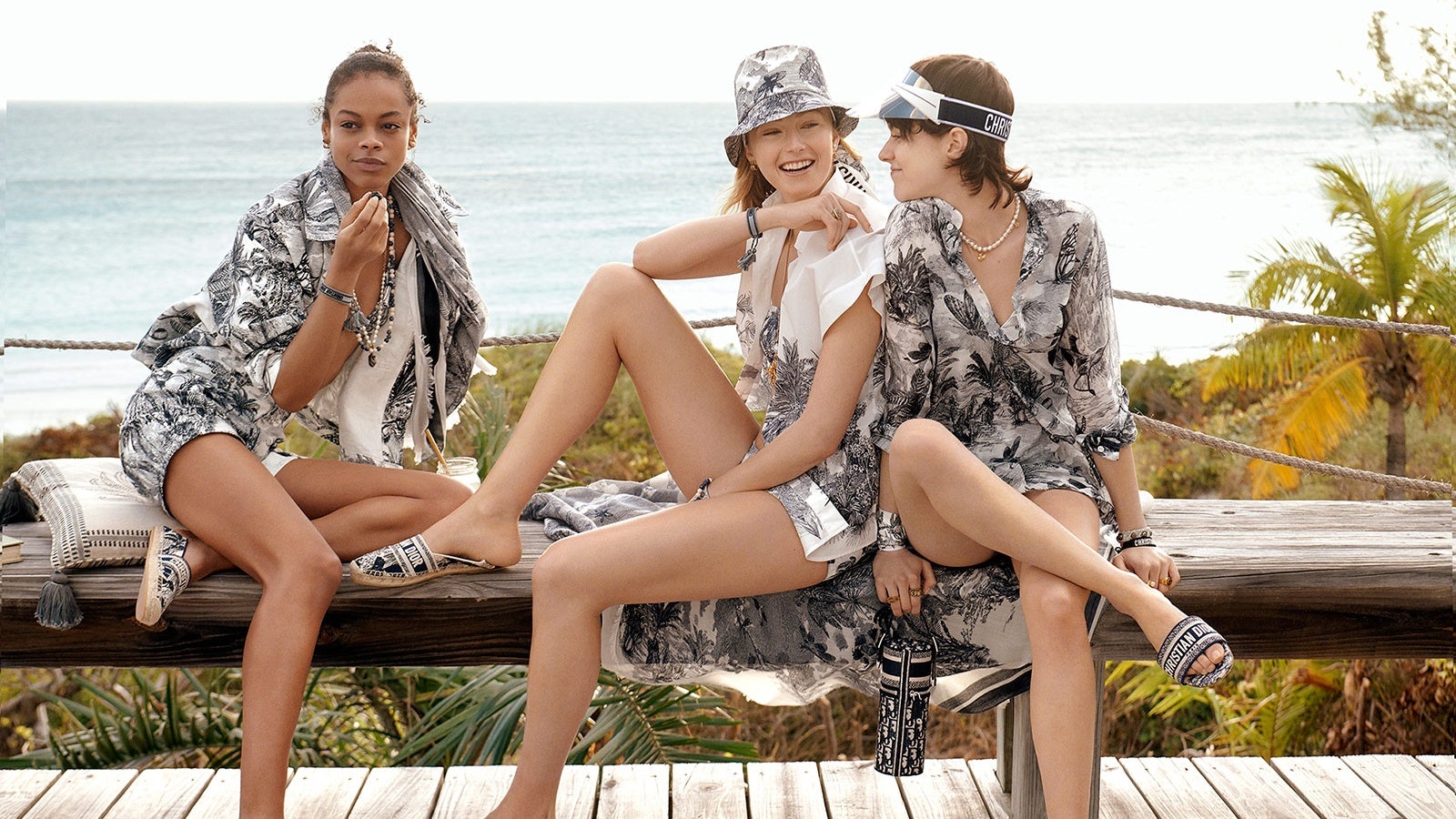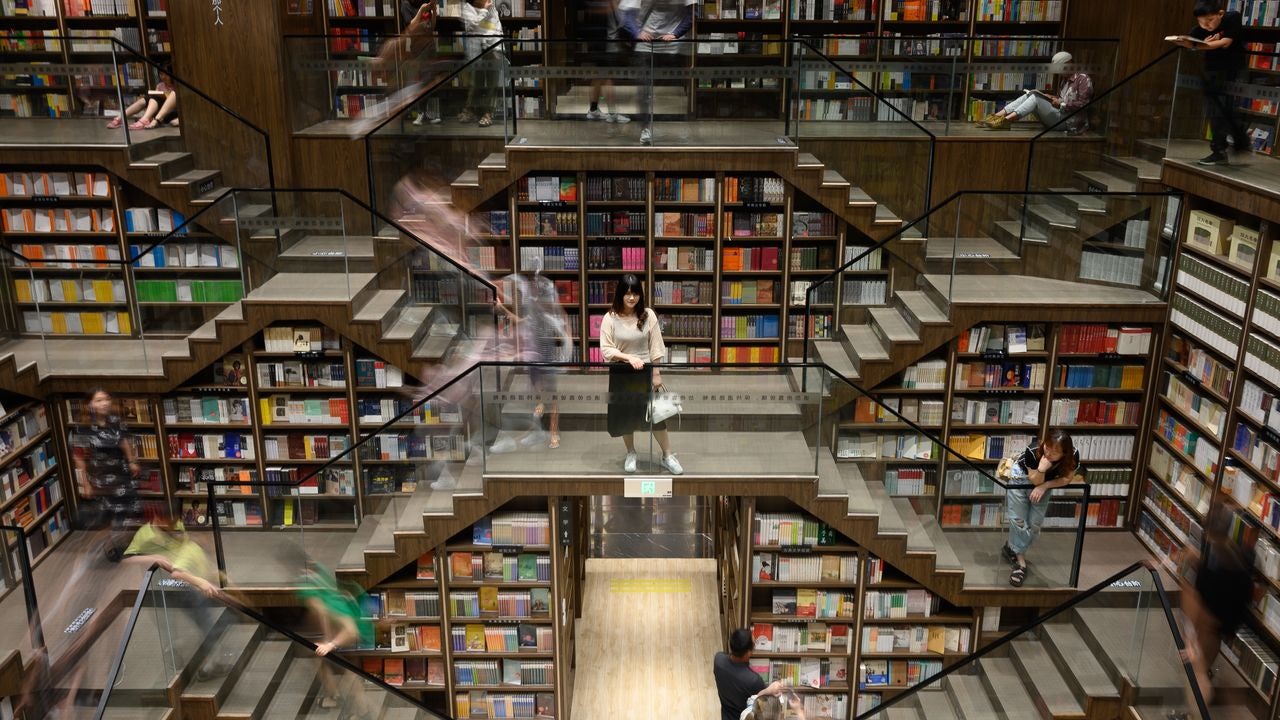Key Takeaways:#
Focusing on new categories is an innovative way to boost revenue and increase market awareness.
When you experience cabin fever, playing dress-up with your friends is a fun activity that builds community and makes you feel like you’re on a group holiday.
Young luxury shoppers use vacation-wear to remind followers of distant countries and high-end vacations.
In the post-COVID-19 era, luxury brands operating in China need to become disruptive category creators since focusing on new categories is an innovative way to boost revenue and increase market awareness.
After analyzing Fortune’s lists of the 100 fastest-growing US companies from 2009 to 2011, Harvard Business Review found that “13 companies that were instrumental in creating their categories accounted for 53 percent of incremental revenue growth and 74 percent of incremental market capitalization growth over those three years.”
In the opinion of Eddie Yoon and Linda Deeken, contributors for Harvard Business Review, “Category creators experience much faster growth and receive much higher valuations from investors than companies bringing only incremental innovations to market.”
In China, luxury companies can take advantage of post-pandemic travel trends and the shift in consumer sentiment by reactivating a dormant product category that has immense potential in 2021 and beyond.
Combine the travel bug with FOMO (“fear of missing out”) and the desire to return to a kind of pre-pandemic normalcy, and you can see why vacationwear is a product category that should bring greater returns in 2021 despite limited international travel options.
Fashion technology companies specializing in trend forecasting like Heuritech can help global brands stay ahead of the curve, thanks to their AI-powered trend forecasting reports. For instance, Heuritech’s latest research highlights how one of the most popular colors in China for Spring/Summer 2021 is a medium blue ranging from lapis lazuli to cornflower. Heuritech expects the color to experience 13-percent growth over the Summer of 2021.
White is also very popular with Chinese consumers, while taffeta is one of “the breakout fabric trends of the season,” recording a growth of 23 percent. Heuritech zoomed in on Tae Ashida, Angel Chen, and Shushu/Tong to predict that a-line dresses in taffeta will be popular this summer.
Luxury brands should clearly take advantage of these trend reports when they set out to develop and introduce new entrants and categories. Additionally, luxury brands should consider these two things before expanding their resortwear in China.
The stay-at-home economy and “staycations" represent an opportunity for vacationwear#
McKinsey’s latest survey of Chinese traveler sentiment suggests that the reappearance of new COVID-19 cases and the government’s encouragement of residents to avoid travel over the Chinese New Year holiday has limited travel demand, despite a promising start to domestic travel between April and August of 2020.
As for their willingness to travel, the report highlighted a newfound hesitancy among respondents. For example, the percentage of people who said they planned to go on vacation in the next four months declined from about 70 percent in August to roughly 50 percent in January.
As domestic travel pauses temporarily and international trips are deemed unsafe, staycations have become “cool.” Youngsters who remain closer to their home base are looking not only for vacation experiences from the comfort of their apartment but also for travel-themed activities that make them feel like they are on holiday. When you experience cabin fever, playing dress-up with your friends is a fun activity that builds community and makes you feel like you are on a group trip.
Young city dwellers are requesting mini getaways and domestic travel#
As mentioned above, international travel has been temporally suspended. Consequently, young city dwellers are trying to satisfy their travel bug by going domestic. Presumably, these experiences will provide “less-impressive” performances on social media, so vacationwear must become even more extravagant to compensate for the background.
Since young luxury shoppers are visual storytellers who use their images and pictures to enhance engagement and tell deeply personal stories, it is not surprising that they hope to use vacationwear to remind their followers of distant countries or high-end holidays. In this case, wardrobe staples have become a symbol of optimism and escapism.
Today, luxury brands need to reevaluate their approaches to vacationwear as old resort collections, similar to the ones envisioned by Karl Lagerfeld for Chanel, have no relation to the present reality.
Brands should prioritize comfort and versatility rather than focusing on a particular destination. Moreover, they should understand that consumer sentiment and behavior remain volatile; thus, a return to “normalcy” is not yet within reach.

